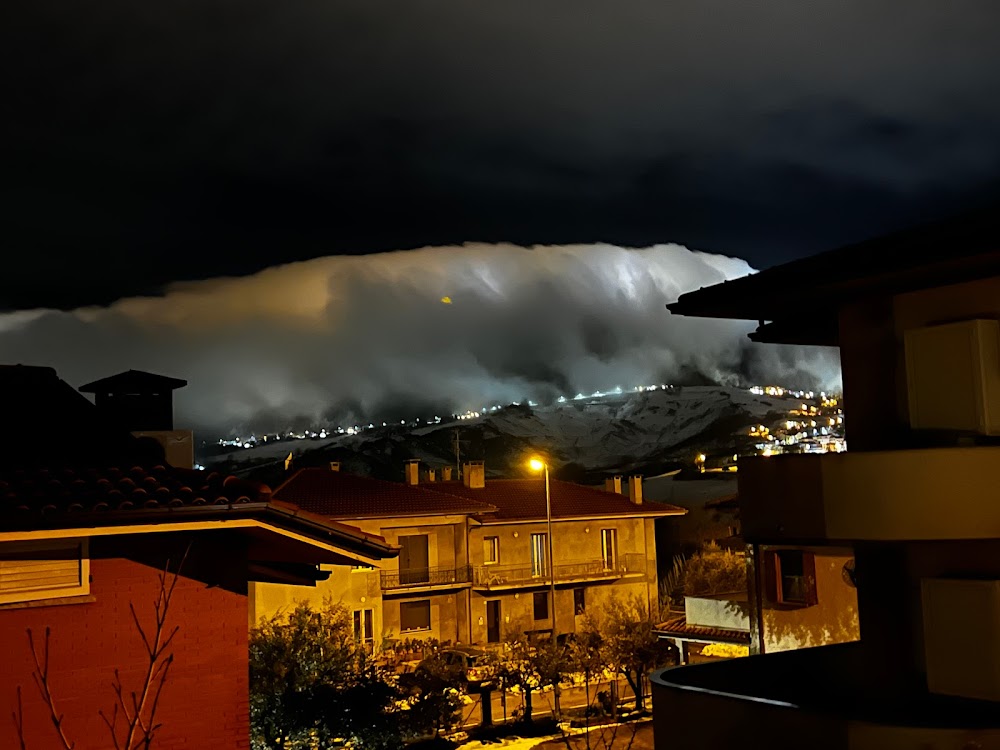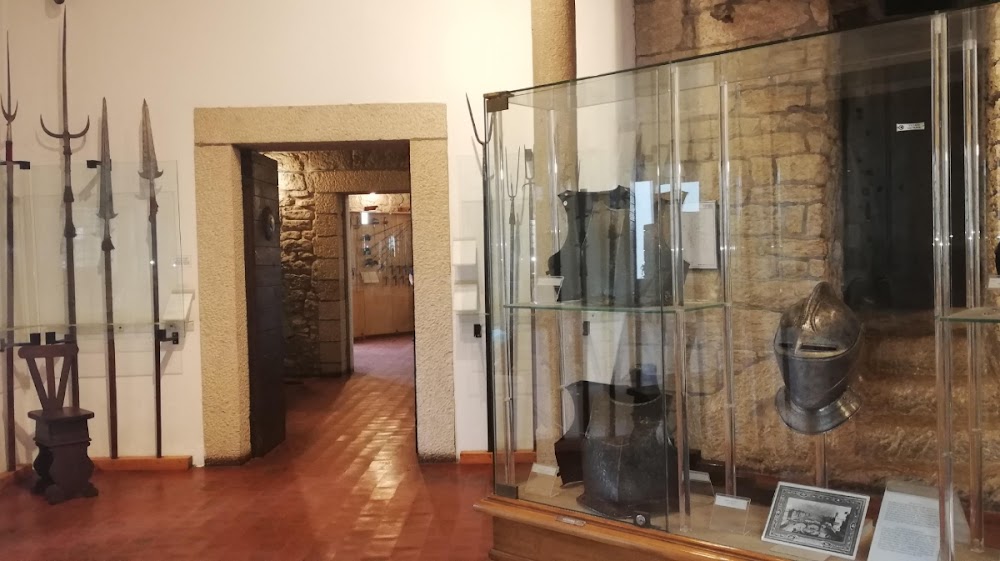Old Mill of Faetano (Vecchio Mulino di Faetano)
Overview
Overview of the Boundary
Confine di Stato Coriano ITA – Faetano RSM (Strada del Marano) defines the border between Italy and San Marino, linking the charming Italian town of Coriano with the picturesque Sammarinese municipality of Faetano. As one of San Marino’s nine municipalities, or "castelli," Faetano is celebrated for its stunning landscapes and rich historical heritage.
The Old Mill of Faetano
At the heart of this boundary is the iconic Old Mill of Faetano. This historic structure not only reflects the agricultural heritage of Faetano but also serves as a symbol of the enduring cooperation and shared history between Italy and San Marino. Built in the late 19th century during a prosperous agricultural era, the mill relied on the nearby Marano River for both irrigation and operational power.
Constructed primarily from local stone using traditional techniques, craftsmen meticulously selected each stone for both durability and aesthetic appeal. The mill's roof was originally supported by wooden beams and covered with terracotta tiles, typical of the region's architectural style. Inside, wooden gears and metal machinery were employed to grind grain into flour, a vital component of the local diet.
The strategic location of the Old Mill near the Marano River was key to its operation. Water was ingeniously channeled through a network of trenches to turn the mill wheel, demonstrating an early form of sustainable energy. While today’s technology may overshadow it, this setup was revolutionary for its time, effectively meeting the community’s needs.
Preservation Efforts
As industrial advancements rendered the Old Mill obsolete, local authorities recognized its historical significance and initiated restoration projects. These efforts aimed to preserve the mill's original materials and craftsmanship, ensuring its authenticity for future generations.
Today, the Old Mill of Faetano has transformed into a heritage site open to the public. It offers a captivating glimpse into the past, allowing visitors to witness the daily operations that were once crucial to the community. Educational tours often feature demonstrations of the mill's old machinery, offering an interactive experience for guests.
Enhancements to Strada del Marano
The Strada del Marano itself has evolved significantly over the years. What was once a simple dirt road has been modernized with paving and enhanced safety measures to accommodate vehicles while maintaining its rural charm. These improvements facilitate smoother travel between Coriano and Faetano, benefiting both locals and tourists alike.
In addition to the Old Mill, Faetano is surrounded by beautiful landscapes, including rolling hills, vineyards, and olive groves, all contributing to its breathtaking scenery. Walking and biking paths meander through the countryside, making this area a popular destination for outdoor enthusiasts.
Cultural Exchange
The connection between Coriano and Faetano extends beyond mere geography. The ease of travel via Strada del Marano has fostered vibrant cultural exchanges, with markets selling local produce, artisanal crafts, and traditional foods drawing visitors from both sides of the border. This interaction strengthens the ties between the two communities and enriches their shared heritage.
Symbolism of the Boundary
In a broader sense, the Confine di Stato Coriano ITA and Faetano RSM represents much more than just a geographic boundary. It symbolizes a bridge between two nations with intertwined histories and mutual respect. This connection illustrates how infrastructure and historical preservation can enhance community identity while promoting unity.
Through the preservation of landmarks like the Old Mill of Faetano and the careful maintenance of Strada del Marano, the spirit of collaboration between Italy and San Marino continues to thrive. These sites are not merely relics of the past; they actively participate in the ongoing cultural and social exchange that enriches both communities today and into the future.





